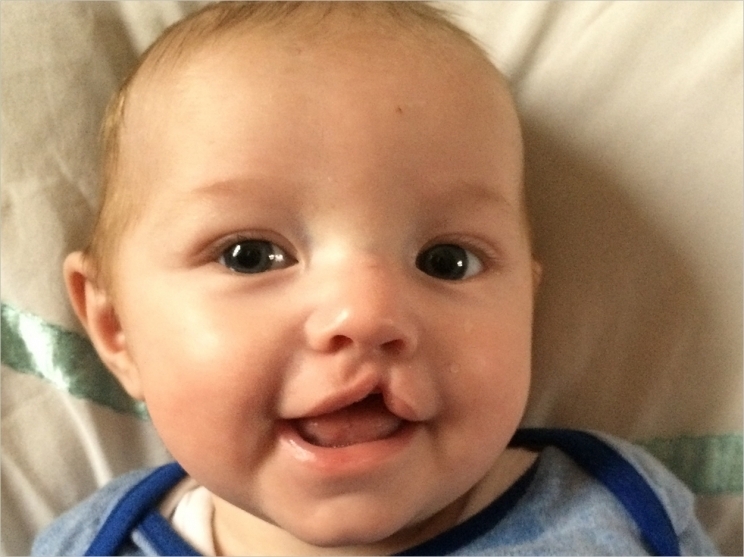
Children born with cleft lip and cleft palate (CLP) often undergo multiple surgical procedures between infancy and adolescence. By the time they are teens, patients with CLP with more total surgeries do not have increased psychosocial problems, report researchers at the University of California at Los Angeles (UCLA). However, they added, an increased number of surgeries between the ages of 8 and 10 may predict increased anxiety and depression in adolescence.
“In conjunction with our previous work that identified the 8-to-10 age range as a critical at-risk time period for poor psychosocial functioning, we now find that teenagers who had more surgeries during that age range report worse long-term psychosocial functioning,” said Justine C. Lee, MD, PhD, senior author and Bernard G. Sarnat Endowed Chair in Craniofacial Biology in the Division of Plastic and Reconstructive Surgery at the UCLA David Geffen School of Medicine.
The researchers identified a group of 55 teens who had undergone surgery for CLP. Like many children with CLP, they underwent multiple reconstructive surgeries to address their appearance, feeding, hearing, speech, and other functions.
The patients with CLP, along with a comparison group of 14 adolescents without CLP, completed standard assessments of anger, anxiety, and depressive symptoms. Relationships between these psychosocial outcomes and the number of surgeries was assessed. From birth to age 14, the patients with CLP had an average of six procedures per patient.
Overall, there was no significant difference in psychosocial outcomes for teens with and without CLP. For all three psychosocial outcomes assessed (anger, anxiety, and depression), there was no significant association with total number of surgeries.
The study also looked at the impact of the number of surgeries by age group. More than half of all surgeries were done from birth to age 7, most commonly procedures to close the cleft lip and/or palate. In older age groups, the most common surgeries were bone grafts to augment the bone under the gums (alveolar bone grafts), which must be performed before the permanent teeth start to come in.
On this analysis, a greater number of surgeries between the ages of 8 and 10 was linked with higher scores for both anxiety and depressive symptoms. Higher symptoms for anger were also associated with increased anxiety and depression. In all other age groups, the number of surgeries was unrelated to psychosocial outcomes.
Children with CLP undergo multiple procedures, surgical and otherwise, from infancy into adolescence. Addressing mental health is an important goal of modern, multidisciplinary CLP care, the researchers said. But in contrast to functional outcomes like feeding and speech, few studies have monitored the long-term psychosocial outcomes of treatment for CLP.
The total number of procedures does not appear to affect psychosocial outcomes in patients with CLP by the time they are teens, the results suggest. These conclusions may be considered positively since more surgery hasn’t negatively impacted CLP patients, the researchers said, but more surgery hasn’t demonstrated any benefit either.
The findings add to a previous study by Lee’s group finding that the 8- to 10-year age range is an at-risk period for psychosocial distress among children who have craniofacial anomalies, including CLP. The significant association between multiple surgeries and psychosocial functioning, the researchers concluded, suggest a need for strategies for modifying timing or consolidating procedures during that age range.
The study, “Long-Term Effect of Multiple Operations on Psychosocial Function in Teenage Cleft Lip and Palate Patients,” was published by Plastic and Reconstructive Surgery.
Related Articles
Grants to Help Oral and Maxillofacial Surgeons Provide Needed Care
Collaboration to Improve Oral Health of Cleft Lip and Palate Patients
Adopted Children With Cleft Lip and Palate See Later Treatment











